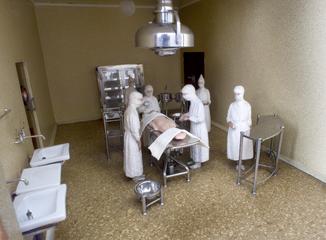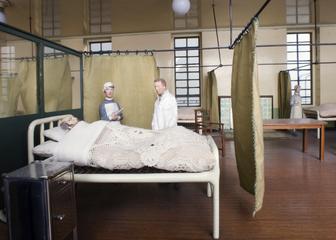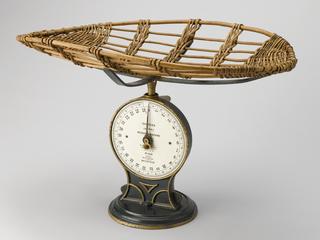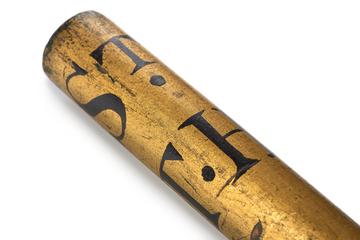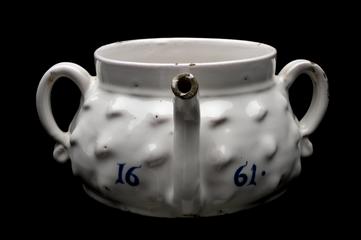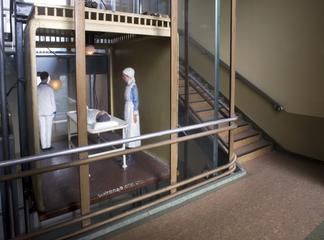
Scale model of a residential hut used by patients at Cambridgeshire Tuberculosis Colony
- Made:
- 1930-1950 in Cambridgeshire
Scale model of a wooden residential hut as used by patients with tuberculosis (TB) at the Cambridgeshire Tuberculosis Colony, England and made by patients working for the on-site Papworth Industries, around 1930-1950
The Cambridge Tuberculosis Colony was established in 1916 by Dr Pendrill Varrier-Jones. In 1918, the experimental scheme moved to Papworth Hall. TB is a bacterial infection of the lungs and in the early 1900s fresh air and light work were thought to be key to recovery. To promote that, patients convalesced in TB huts like this, which were windowless and airy. TB sanatoriums became close knit communities. Housing large numbers of patients and staff, they were often highly self-sufficient with onsite offices, workshops and farms. By the 1960s though, new antibiotics has revolutionised the treatment of TB and it had moved more towards day-patient care.
This model TB hut was made by patients at Papworth. While patients recovered, activities and occupational therapy were important. Many patients and their families also worked at the onsite Papworth Industries. Making products like fine leather goods, Papworth Industries even made luggage for the royal family.
Details
- Category:
- Nursing & Hospital Furnishings
- Object Number:
- 2018-525
- Materials:
- wood (unidentified), textile, metal (unknown) and plastic (unidentified)
- Measurements:
-
overall (doors open): 650 mm x 475 mm x 400 mm, 15 kg
- type:
- model - representation
